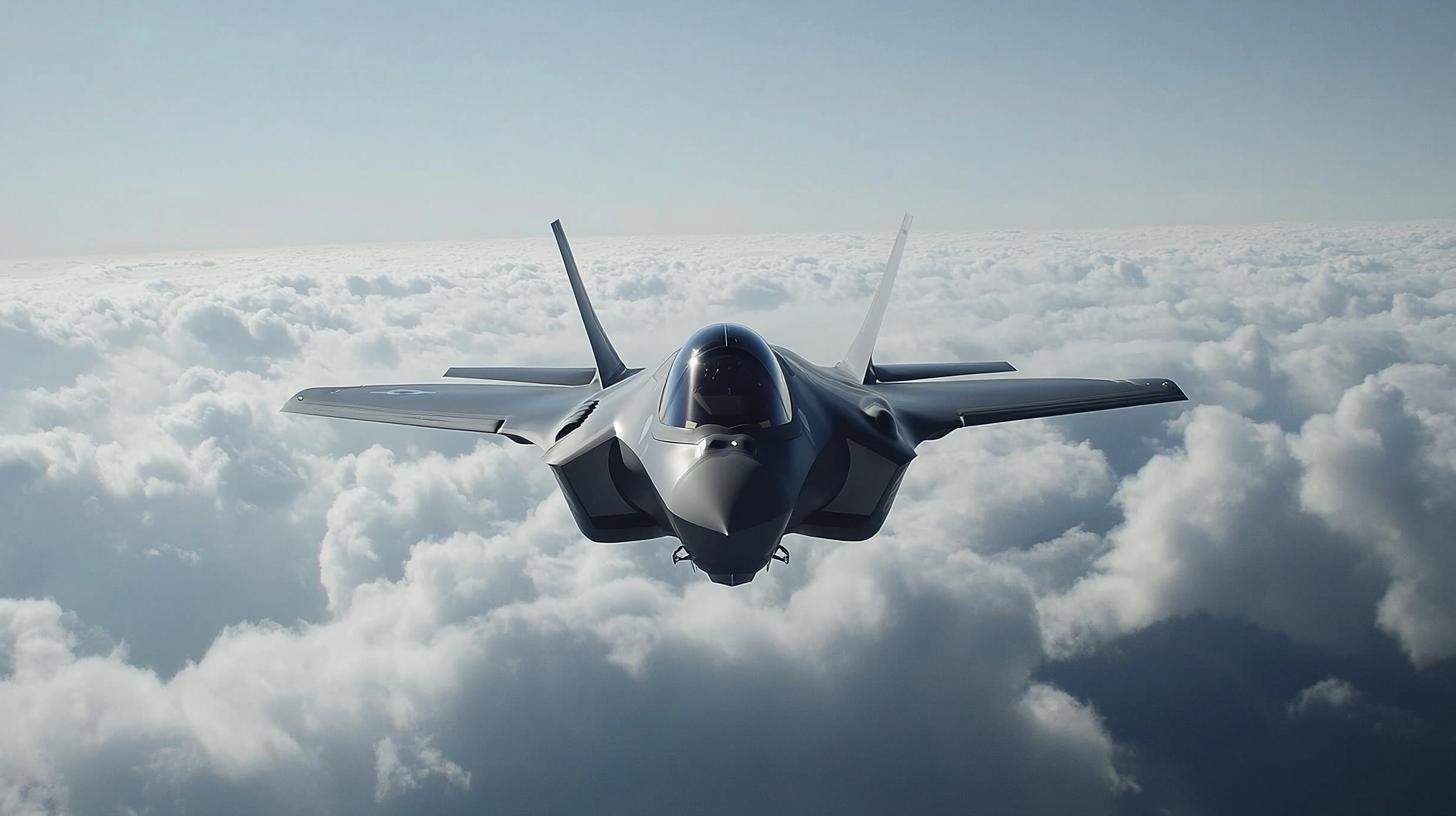The F-35 Lightning II, a multirole combat aircraft, has been a crucial element in modern aerial warfare for nations possessing it. It is renowned for its stealth, agility, and advanced weaponry systems. However, recent enhancements in its capabilities have drawn the spotlight once again, sparking interest and discussions about its pivotal role in future combat scenarios.
At the heart of the advancements is its revolutionary stealth technology. The F-35 has been endowed with advanced radar-evading capabilities, making it one of the most elusive aircraft in service. Stealth technology is critical for the F-35 to perform reconnaissance missions, penetrate enemy airspaces, and provide support without being detected. Its radar cross-section is minimized thanks to its unique design and materials used in construction. The latest upgrades focus on further refining this aspect, ensuring the aircraft remains undetectable to adversaries despite advancements in radar technology.
Another significant enhancement is in the F-35’s sensor suite. The Distributed Aperture System (DAS) and the Electro-Optical Targeting System (EOTS) have seen considerable improvements. These systems provide pilots with a comprehensive 360-degree view of the battlefield, enhancing situational awareness and enabling more precise targeting and engagement. The incorporation of artificial intelligence and machine learning algorithms further enhances data processing, providing pilots with real-time, actionable information.
The F-35’s avionics have also undergone substantial upgrades. The Block 4 upgrade, in particular, is a comprehensive package aimed at enhancing the aircraft’s overall capabilities. This includes new weapons systems, improved electronic warfare capabilities, and cockpit interface enhancements. Software advancements ensure the aircraft remains at the cutting edge of technology, capable of integrating with new weaponry and defense systems as they become available.
Moreover, the propulsion system has been fine-tuned to improve mission performance and operational range. The Pratt & Whitney F135 engine, already a powerhouse, continues to be advanced for better fuel efficiency and thrust, making the F-35 more versatile across different combat scenarios. This allows it to take off from shorter runways while carrying heavy payloads, expanding its operational base options.
In addition to technical upgrades, logistical support and maintenance processes for the F-35 have been streamlined. Automated logistics systems ensure that maintenance crews can efficiently manage repairs and upgrades, minimizing downtime and ensuring the fleet remains mission-ready. This is critical for nations that depend on the F-35 as a mainstay in their air force’s lineup.
The recent developments in the F-35 program reflect a commitment to maintaining air superiority. As warfare evolves, the need for aircraft that can adapt and outperform modern threats becomes increasingly essential. It is expected that these continued enhancements will keep the F-35 at the forefront of global defense strategies for the foreseeable future.
In conclusion, the F-35’s revolutionary upgrades are not just about keeping pace with current requirements but setting the stage for future aerial combat. The emphasis on stealth, sensory capabilities, avionics, and propulsion underscores how the F-35 remains a cornerstone of modern military capabilities. As countries globally anticipate future conflicts, the significance of possessing advanced fighters such as the F-35 becomes even more pronounced, ensuring dominance in the skies.
Unlocking the Secrets of the F-35 Lightning II: Tips and Fun Facts
The F-35 Lightning II stands as a beacon of modern aerospace engineering, continually evolving to meet the demands of 21st-century aerial warfare. Here are some tips and intriguing details that showcase why this aircraft is a marvel of technology and a crucial component of military strategy.
1. Stealth Technology: The Invisible Warrior
The F-35’s stealth capabilities are among its standout features. It’s designed to avoid detection by enemy radar, thanks to its specialized materials and shape. This radar-evading capability not only protects the pilot but also enhances mission success rates. Knowing the importance of angle avoidance can give insights into how the F-35’s structure plays a vital role in maintaining its stealth profile. For more on cutting-edge aircraft designs, visit Lockheed Martin.
2. Sensory Advancements: See Everything, Miss Nothing
Imagine having a bird’s-eye view with sensors that can detect threats from miles away in all directions. The F-35’s Distributed Aperture System (DAS) and Electro-Optical Targeting System (EOTS) do just that, allowing pilots to track, target, and anticipate enemy maneuvers seamlessly. These systems enhance not just combat effectiveness but also the safety of the pilots on board.
3. Avionics: The Heart of Modern Warfare
The avionics suite of the F-35, especially with the Block 4 upgrades, is designed to process vast amounts of data instantaneously. It integrates seamlessly with new weapons systems, such as hypersonic missiles, enhancing its lethality. The importance of continuous software updates also highlights the need for adaptability in modern weapon systems. Exploring advancements in military technology can be insightful; visit Raytheon Technologies for more.
4. Advanced Propulsion: Power and Efficiency
The F-35’s propulsion system, highlighted by the Pratt & Whitney F135 engine, offers superior fuel efficiency and thrust. This engine enhancement translates to extended range and operational flexibility. It enables the aircraft to take off from shorter runways, making it suitable for a variety of missions. For more information on propulsion innovations, check Pratt & Whitney.
5. Maintenance and Logistics: Enhanced Readiness
The F-35 fleet benefits from an automated logistics system that streamlines maintenance and ensures that aircraft are airworthy at all times. This system is crucial for readiness and impacts fleet management strategies in participating nations.
Fun Fact: A True International Fighter
Did you know the F-35 program is a collaboration of multiple countries? Nations such as the USA, UK, and Italy are among many that participate in the Joint Strike Fighter program, making it a truly international endeavor. Each partner country contributes to the development and production, underscoring the global scale and significance of the F-35.
In summary, the F-35 Lightning II represents a significant leap forward in military aviation technology. Its continued enhancements and strategic importance make it a pivotal piece in modern defense strategies. Understanding its capabilities and upgrades not only serves military enthusiasts but also anyone interested in the technological marvels driving future warfare.







